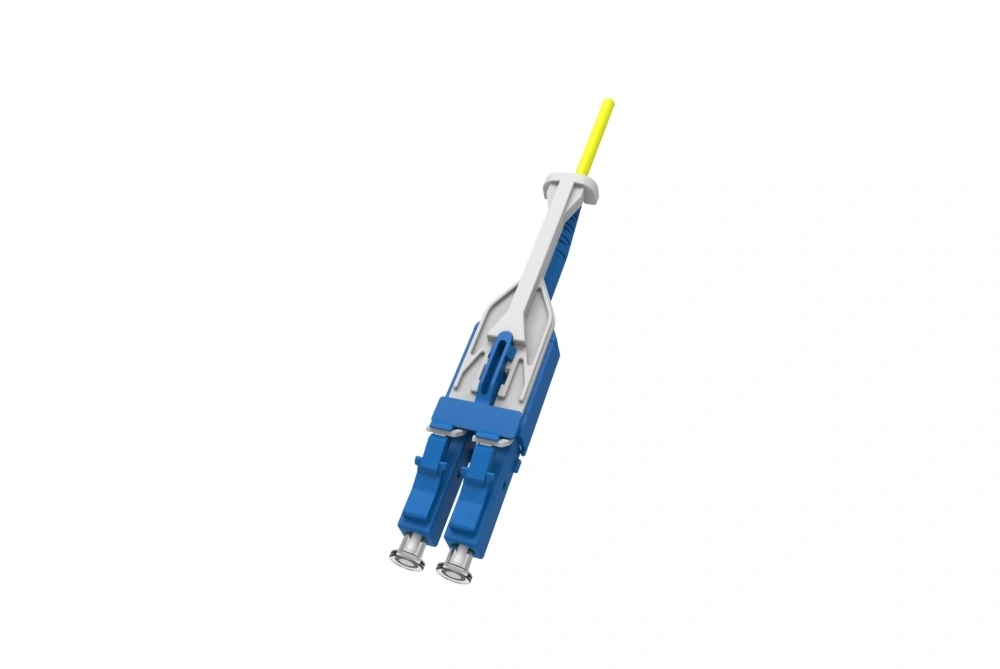Introduction: The Key to Seamless Communication

Fiber optic jumper connectors play a crucial role in ensuring seamless and high-quality communication in today's digitally connected world. These connectors provide the vital link between different fiber optic cables, enabling the efficient transfer of data across networks. Understanding the transmission performance indicators of fiber optic jumper connectors is essential to ensure optimal signal transmission and avoid any disruptions or data loss. In this article, we delve into the various indicators that determine the performance of these connectors.
1. Insertion Loss
Insertion loss is a critical performance indicator that measures the amount of optical power lost due to the connection of two fiber optic cables through a jumper connector. It is primarily caused by imperfect alignment between the fibers, air gaps, and surface contamination. Insertion loss is typically measured in decibels (dB), and lower values indicate better performance. Excessive insertion loss can lead to reduced signal strength and degradation in the overall system performance.
2. Return Loss
Return loss, also known as reflection loss, measures the amount of light that reflects back towards the source due to variations in the fiber optic connectors. It is caused by discontinuities or mismatches in the connector interface. Return loss is expressed in decibels (dB), and a higher return loss indicates better connector quality. Poor return loss can result in signal reflections, affecting signal integrity, increasing bit error rates, and degrading network performance.
3. Durability and Mate/Unmate Cycles
The durability of fiber optic jumper connectors refers to their ability to withstand repeated mate/unmate cycles without any mechanical or optical performance degradation. Mate/unmate cycles involve connecting and disconnecting connectors during maintenance or system reconfigurations. A high-quality connector can typically withstand hundreds or even thousands of mate/unmate cycles without compromising its performance or structural integrity.
Furthermore, fiber optic jumper connectors should be designed to resist damage from external factors such as vibrations, temperature variations, and physical stress. Ensuring the durability of connectors is essential to avoid any signal interruptions or degradation during their lifespan.
Conclusion: Optimizing Fiber Optic Jumper Connector Performance
In summary, understanding the transmission performance indicators of fiber optic jumper connectors is vital for seamless communication and optimal network performance. Insertion loss and return loss are key indicators that determine the quality of signal transmission, with lower values being desirable. Additionally, durability and mate/unmate cycles are crucial factors to consider to ensure long-lasting and reliable connector performance.
Investing in high-quality fiber optic jumper connectors that meet these performance indicators will ensure uninterrupted and efficient data transfer, enabling organizations and individuals to fully harness the benefits of fiber optic networks.



